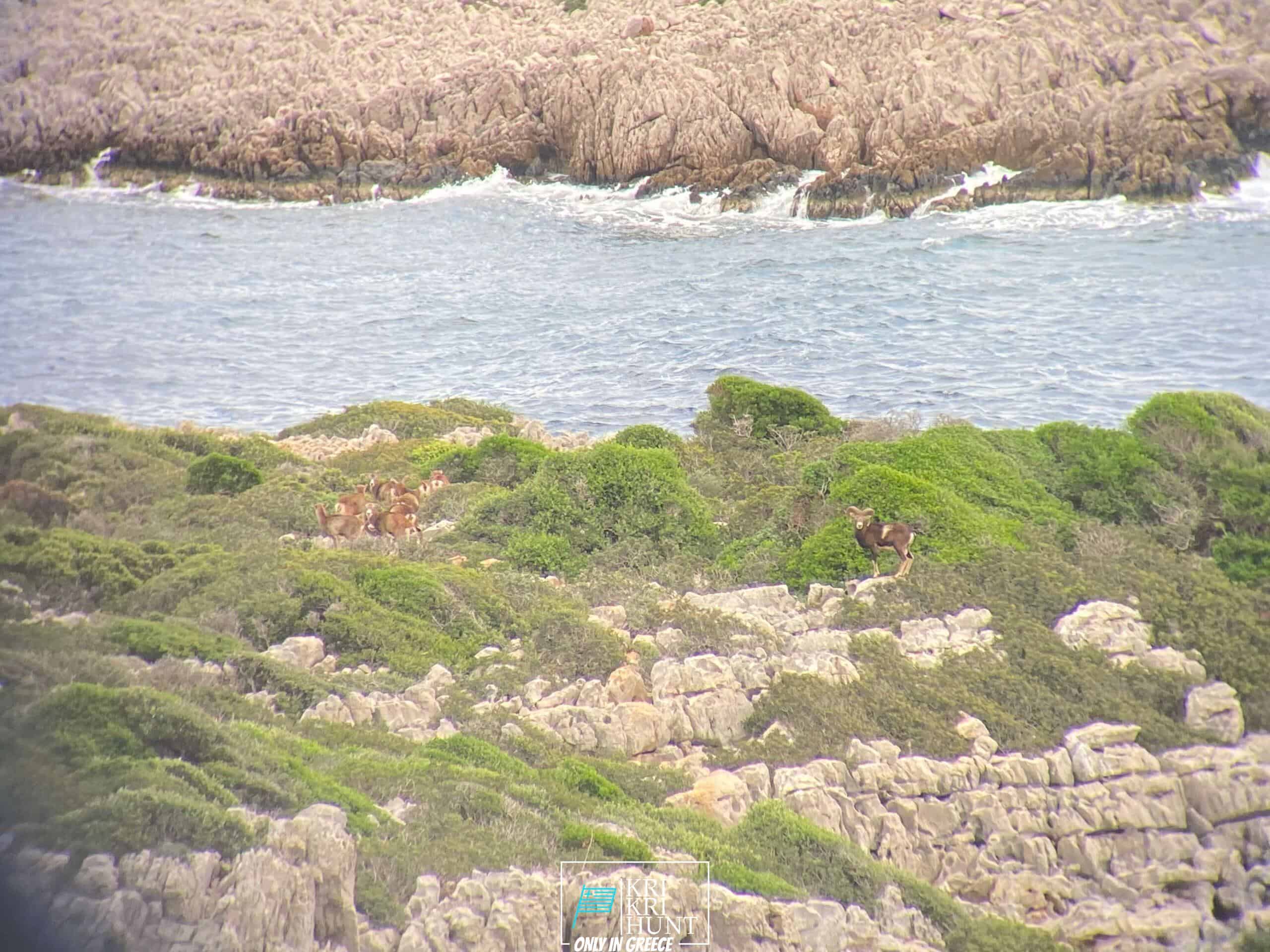
The ibex search is an unbelievable getaway as well as amazing hunting exploration in Greece. It is not always a tough hunt and unpleasant problems for most seekers. What else would certainly you such as to dream of during your scenic tour of ancient Greece, diving to shipwrecks, as well as hunting for Kri Kri ibex on an unique island for 5 days?

Hunting the kri kri ibex in Greece is a difficult task, especially if you're a global seeker. You need to be a neighborhood hunter in order to search kri kri ibex, which can only be fired in particular carefully guarded hunting locations like certain islands. On two islands, 150 kilometers/ Atalanty/ and 300 kilometers/ Sapientza/ from Athens, we offer the chance to hunt this wonderful creature. It is only fired in special searching locations from early morning up until twelve noon, based on Greek law. Just shotguns may be utilized, as well as only slugs may be utilized. Slugs are the only ammo permitted. To assure that just major hunters are permitted on these expeditions, you need to schedule a year ahead of time for your license. The licenses are released by the Greek Ministry of Nature and Agriculture as well as the government issues a certain number each year.
Our outdoor hunting, fishing, and also free diving trips are the excellent method to see every little thing that Peloponnese has to use. These tours are made for vacationers who wish to get off the beaten path as well as truly experience all that this extraordinary area needs to use. You'll reach go searching in several of one of the most attractive wilderness areas in Greece, fish in crystal-clear waters for a variety of various types, as well as totally free dive in a few of the most stunning coastline in the Mediterranean. And best of all, our knowledgeable overviews will exist with you every step of the means to ensure that you have a secure and also delightful experience.
There is genuinely something for every person in the Peloponnese peninsula. Whether you are interested in background and also society or nature and also outdoor tasks, this is a perfect destination for your next vacation. If you are short on time, our searching and visiting Peloponnese Tours from Methoni is a fantastic way to see whatever this awesome area has to offer.And lastly, your Kri Kri ibex trophy is waiting for you.
What is the diference between Kri Kri ibex, Bezoar ibex and hybrid ibex
The kri-kri is not thought to be indigenous to Crete, most likely having been imported to the island during the time of the Minoan civilization. Nevertheless, it is found nowhere else and is therefore endemic to Crete. It was common throughout the Aegean but the peaks of the 8,000 ft (2,400 m) White Mountains of Western Crete are their last strongholds–particularly a series of almost vertical 3,000 ft (900 m) cliffs called ‘the Untrodden’—at the head of the Samaria Gorge. This mountain range, which hosts another 14 endemic animal species, is protected as a UNESCO Biosphere Reserve. In total, their range extends to the White Mountains, the Samaria National Forest and the islets of Dia, Thodorou, and Agii Pandes.
This Ibex is NOT a diminutive form of the Bezoar Ibex, which has migrated into the western-most reach of the range of this species. The kri – kri (Capra aegagrus cretica), sometimes called the Cretan goat, Agrimi, or Cretan Ibex, is a feral goat inhabiting the Eastern Mediterranean, previously considered a subspecies of wild goat. The kri-kri has a light brownish coat with a darker band around its neck. It has two horns that sweep back from the head. In the wild they are shy and avoid tourists, resting during the day. The animal can leap some distance or climb seemingly sheer cliffs.
“The agrimi goat Capra aegagrus cretica is unique to Crete and its offshore islands. It has been identi®ed as a sub-species of the wild bezoar goat Capra aegagrus aegagrus Erxleben, 1777, which it closely resembles in horn shape, body form and coloration. This classi®cation has been disputed by some researchers who claim that the agrimi are feral goats, derived from early domestic stock brought to the island by the ®rst Neolithic settlers. In order to clarify this issue, DNA analyses (cytochrome b and D loop sequences) were carried out on tissue of live and skeletonized agrimi and compared to sequences of wild and domestic caprines. Results conclusively show the agrimi to be a feral animal, that clades with domestic goats (Capra hircus) rather than with wild Asiatic bezoar. This study demonstrates that morphometric criteria do not necessarily re¯ect genetic af®nities, and that the taxonomic classi®cation of agrimi should be revised.”